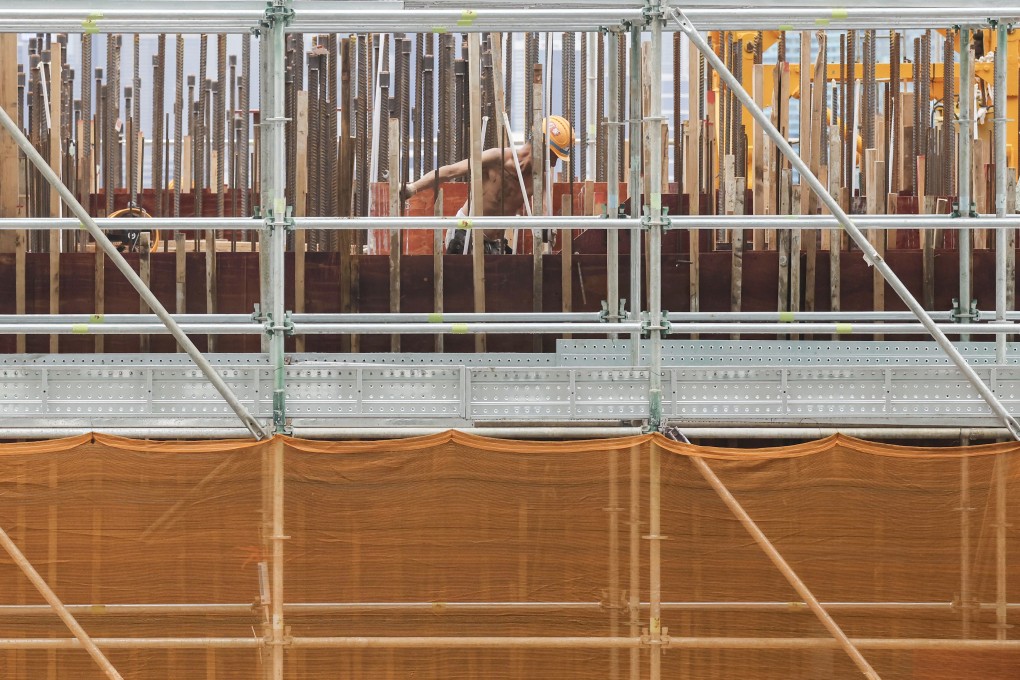Advertisement
Letters | Skyshuttle proposal signals end of Kai Tak’s business hub dream
- Readers discuss the shift in focus to intra-district connectivity in Kai Tak, a costly attempt to secure a tourist visa to mainland China, and Elon Musk’s wrong-headed beliefs about remote work
Reading Time:4 minutes
Why you can trust SCMP
2

Feel strongly about these letters, or any other aspects of the news? Share your views by emailing us your Letter to the Editor at [email protected] or filling in this Google form. Submissions should not exceed 400 words, and must include your full name and address, plus a phone number for verification.
It is difficult to think of a more inappropriate headline for your article than “Will Skyshuttle get Kai Tak’s business hub up and running?” (April 30). The article had multiple mentions of “residents” and only one of the planned “second business district” that spawned the idea of a monorail for Kai Tak, otherwise known as the Environmentally Friendly Linkage System (EFLS).
The “Skyshuttle”, a mass rail system developed by BYD and now being considered for introduction in Hong Kong, replicates part of the monorail alignment but terminates at Kai Tak station (Tuen Ma line) at one end and Yau Tong station (Kwun Tong line and Tseung Kwan O line) at the other. This rail link serves only to connect residents in the Kai Tak development area to major MTR transport hubs.
Advertisement
In its final concept, the EFLS was a circuitous, 9km long monorail with 12 stations with an “important role in enhancing both inter-district and intra-district connectivity”, linking developments (and the cruise terminal) in Kai Tak with the Kowloon Bay and Kwun Tong business areas. The whole plan was intended to transform Kowloon East into a “premier business district”, as mentioned in the 2011 chief executive’s policy address.
As reported, the monorail was estimated to cost HK$12 billion and deemed to be financially non-viable. By seeking now to adopt an intra-district mass rail serving only the Kai Tak development area, the government would seem to be confirming that the concept of a second central business district has been abandoned.
Advertisement
Based on data from BYD’s proposal for a Skyshuttle and Skyrail service in California’s Silicon Valley, back-of-envelope calculations show that operating 14 four-car Skyshuttle trains at an average speed of 30km/h over the proposed alignment would carry 4,500 passengers per direction per hour.
Advertisement
Select Voice
Choose your listening speed
Get through articles 2x faster
1.25x
250 WPM
Slow
Average
Fast
1.25x